Bell’s AH-1 SuperCobra, and the Iranian Connection
June 3rd, 2023
7 minute read
Human beings are tribal. No matter how advanced we or the Information Age trappings with which we adorn ourselves become, we simply cannot escape this most primal urge. Whether it’s driven by the clothes we wear, the language we speak or our zip code, homo sapiens will invariably seek out a tribe.
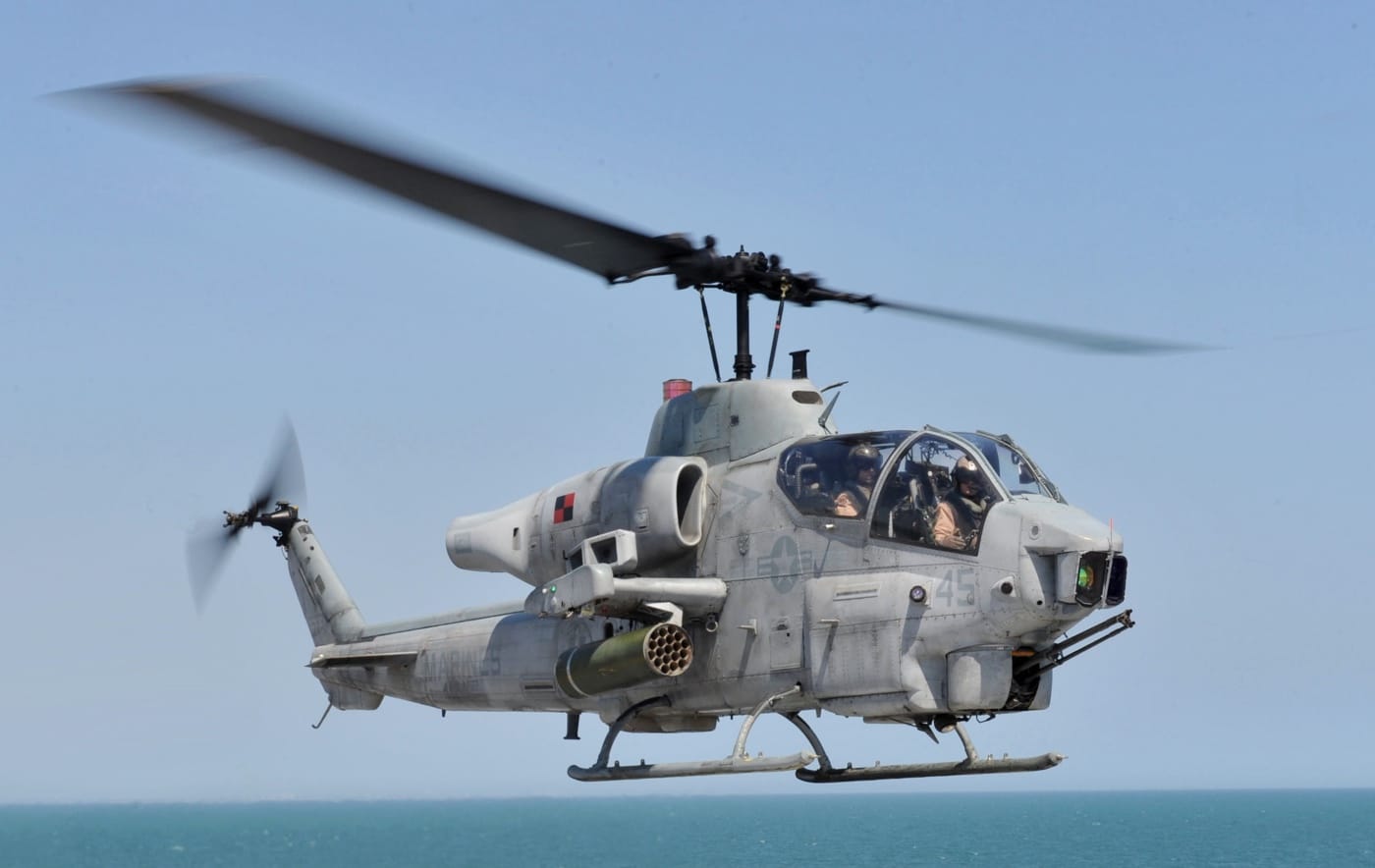
In no place is this weird tenet more overtly manifest than in the military. I once saw a man die trying to earn the privilege of wearing a funny-looking hat. It’s indeed a strange old world.
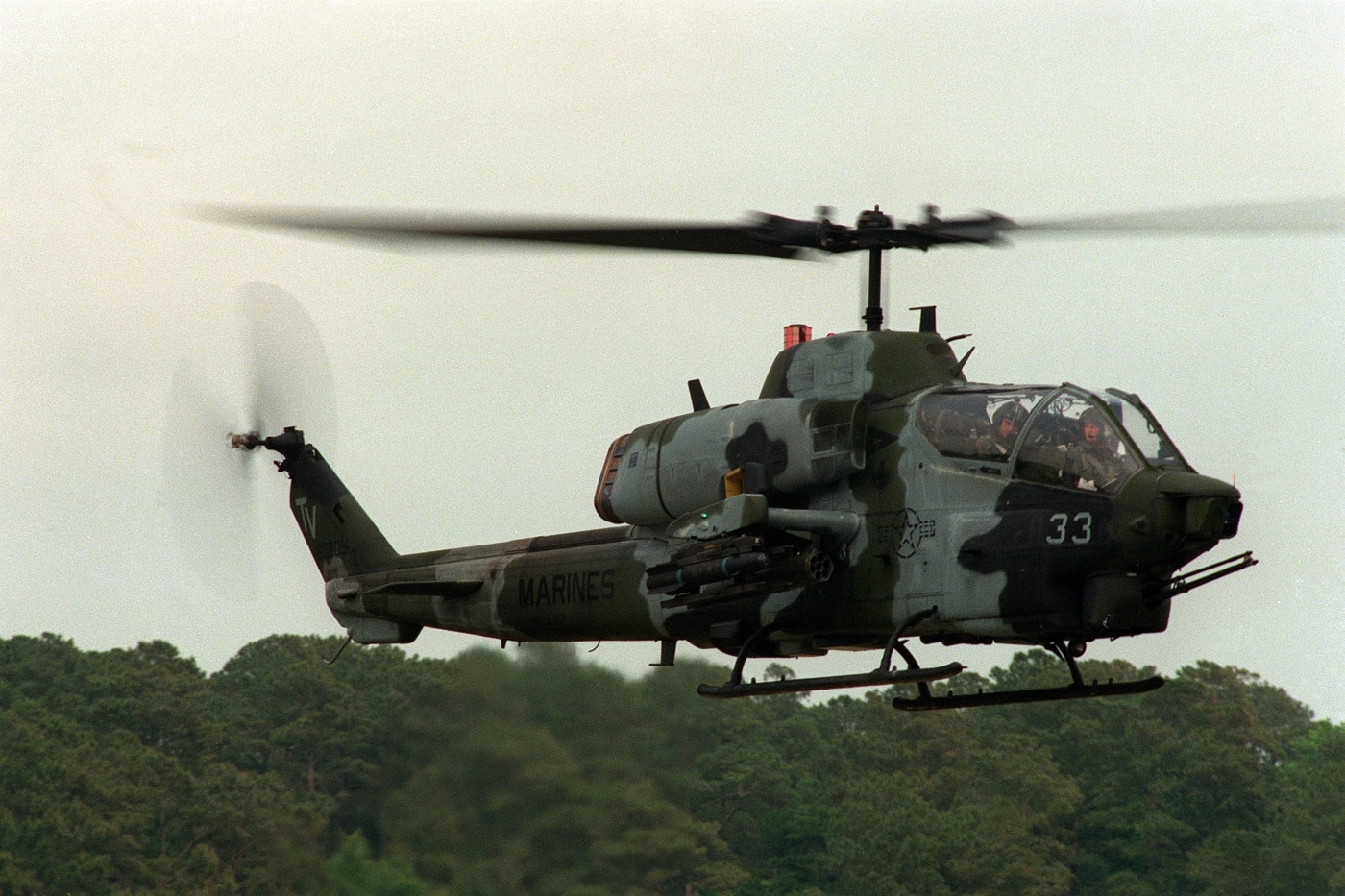
In the case of the U.S. military, we have the curious love/hate relationship manifest between the Army and Marine Corps. Each organization espouses unique strengths and weaknesses, and some of their turf overlaps. When overseen by the U.S. Congress, arguably the most dysfunctional group of humans ever to grace the earth, the results can seem nonsensical.
Dueling Gunships
The U.S. Army deployed the first AH-1G Cobra gunships to Vietnam in the summer of 1967. The Marines coveted these sexy beasts but were rightfully uncomfortable with the single-engine design given the amount of over-water flying they had to do. The Army transferred 38 single-engine Snakes to the Jarheads in 1969, but this was a stopgap measure at best.
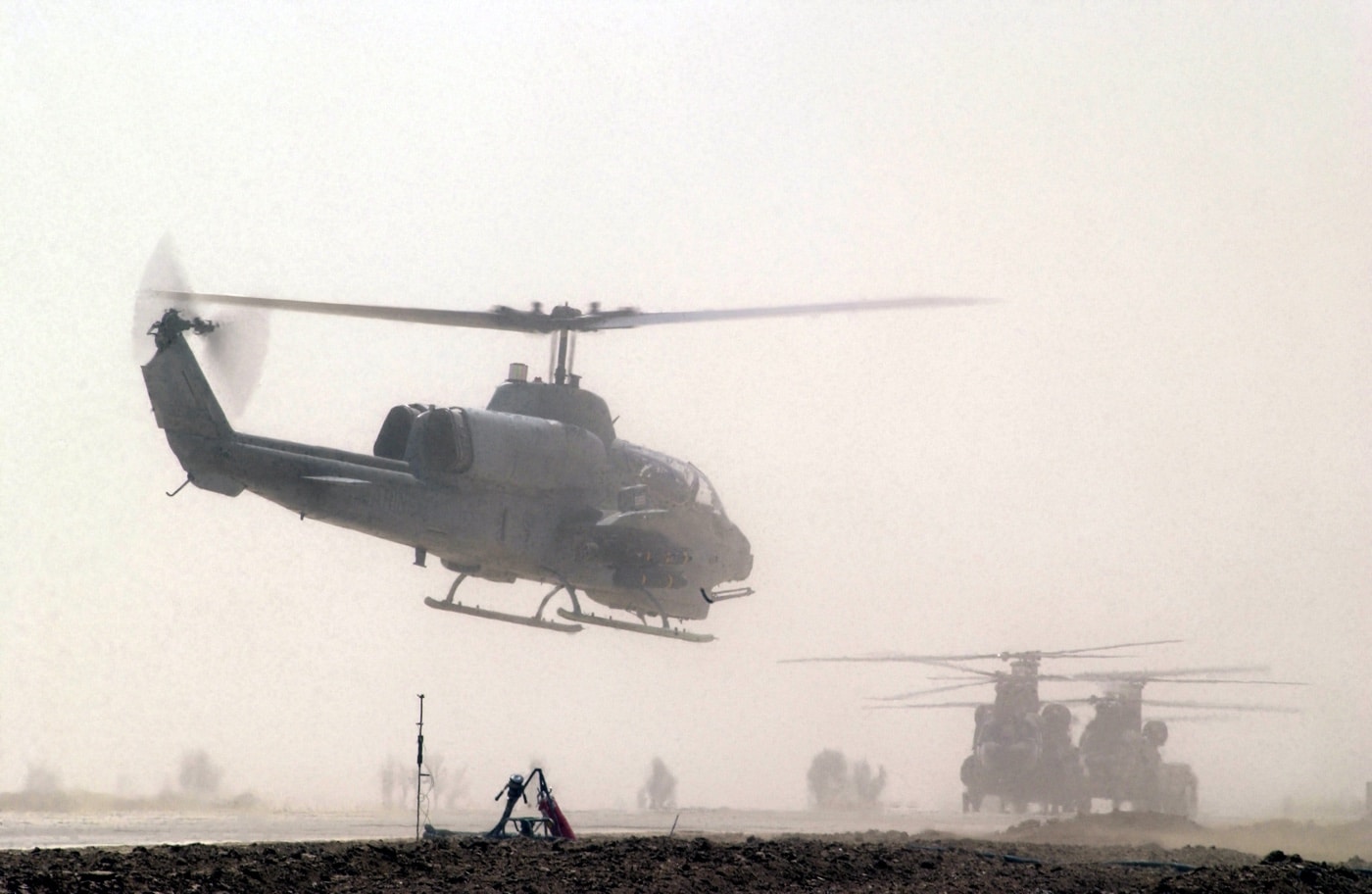
Now stick with me here. This is complicated. The Marines requested Snakes of their own, which they ultimately christened SeaCobras. At some point in production, Bell engineers fitted these Marine airframes with Pratt and Whitney T400-WV-402 Twin Pac engine units. To accommodate the extra power produced by two engines, these upgraded gunships incorporated the transmission system taken from the commercial Bell 214. The main rotor and tail rotors both grew a bit as well, and there were some other minor upgrades. These new versions were eventually designated the AH-1T. By the end of the Vietnam War, the Marine Corps had taken delivery of 49 twin-engine SeaCobras. These capable aircraft saw action at the very end of the conflict, providing air cover during the final evacuation of the US embassy in Saigon in 1975.
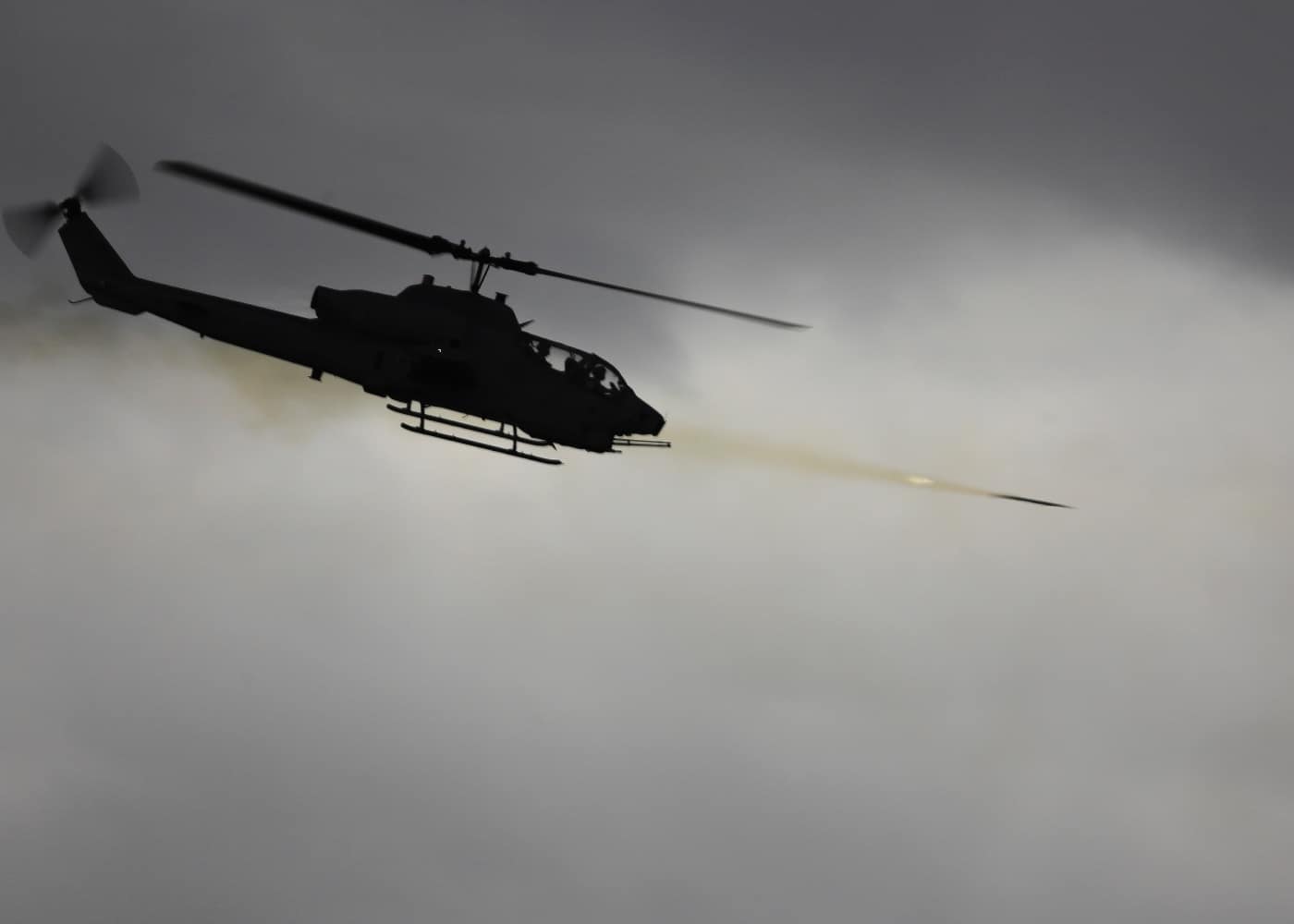
The Marines’ twin-engine Snakes had a greater payload capacity than their single-engine brethren and were also more easily maintained in an austere environment. T-models had an extended fuselage, TOW missile capability, and advanced targeting systems. Eventually, Marine SeaCobras were fitted with the twin GE T700-GE-700 turboshaft engines designed for the AH-64 Apache and redesignated the AH-1T+. Unlike the previous Vietnam-era gunships that carried 40mm automatic grenade launchers and miniguns, the AH-1T sported a 3-barrel M-197 20mm Gatling gun in the chin turret.
The Shah’s Snakes
In 1971, the Iranians were our buddies. The Shah of Iran was a fairly bloodthirsty despot, but he was our bloodthirsty despot. Flush with cash and unencumbered by the fundamentalist Ayatollahs who run the place nowadays, in 1971 the Shah purchased 202 twin-engine AH-1J SeaCobras. The Iranians then proceeded to fly the heck out of those machines.
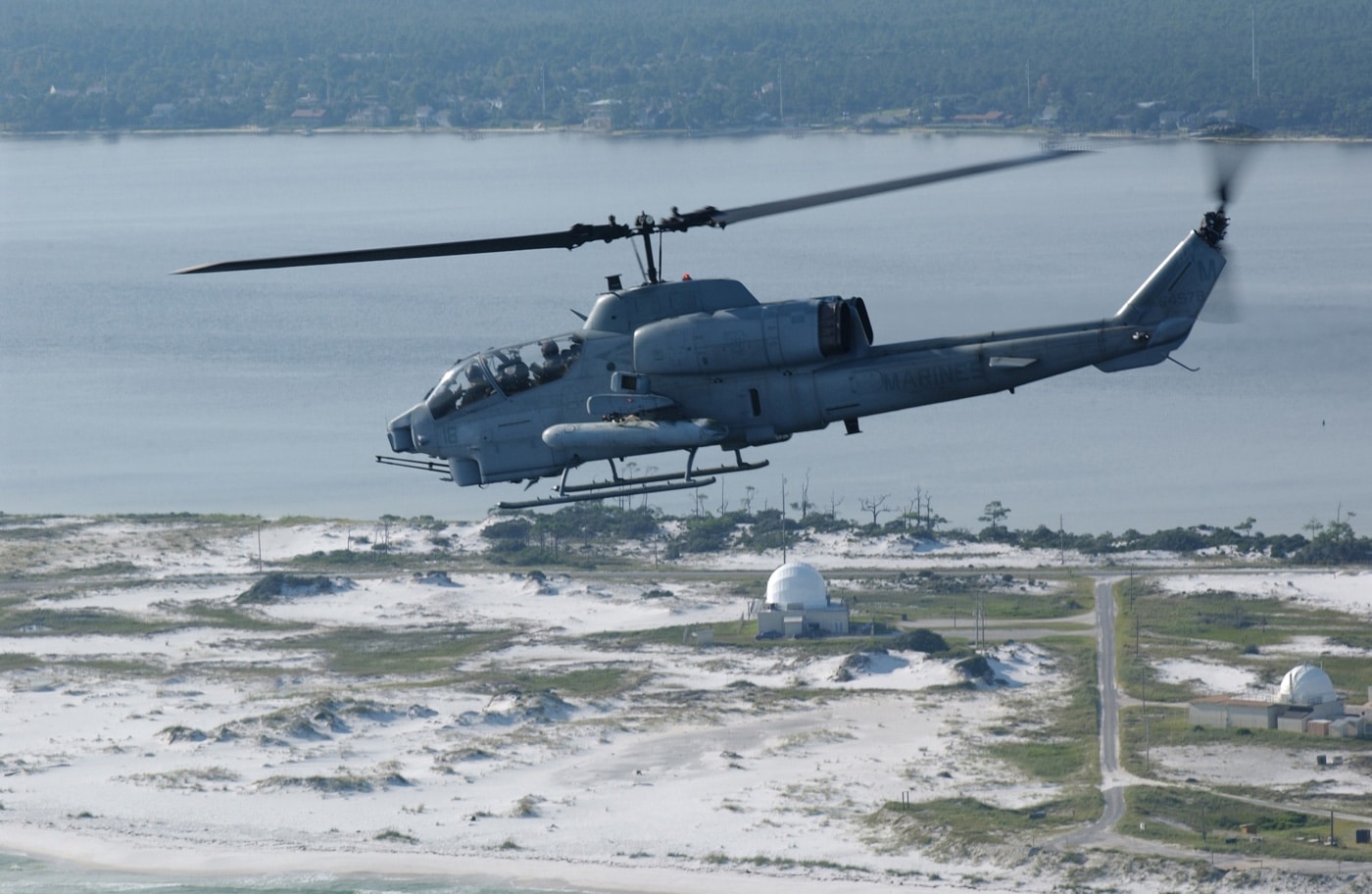
Most of the Iranian Cobra combat action took place against the Iraqis during that bloody seven-year war. Along the way, Iranian Snake drivers killed scads of Iraqi tanks with their TOW-armed gunships. They also scored air-to-air victories against Iraqi Mi-8 and Mi-24 helicopters. The Combloc Mi-24 was faster and more heavily armed, but the Cobra was much more nimble.
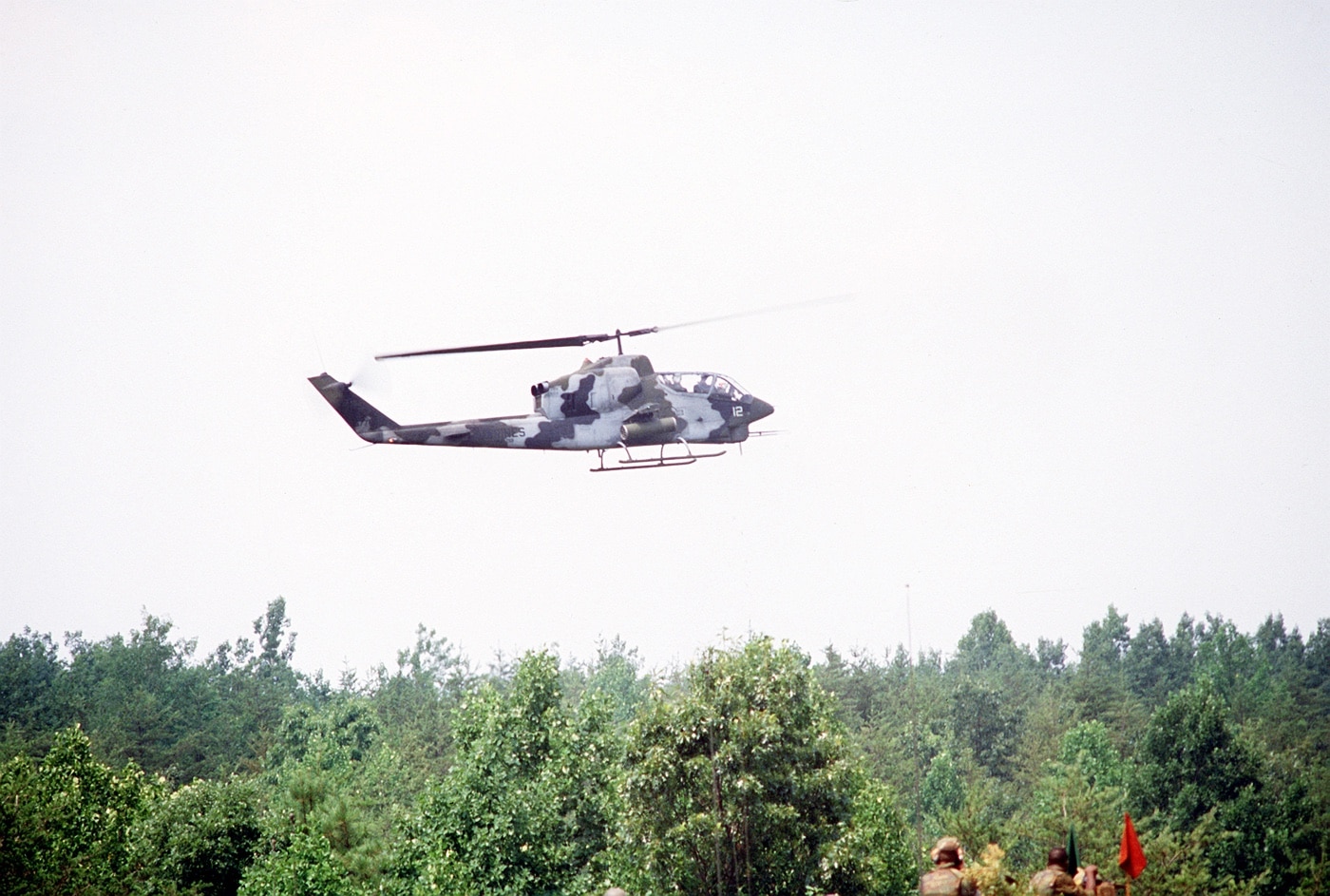
Though the numbers are impossible to verify, the Iranians claimed a 10-to-1 kill advantage for their Cobras over their rotary-wing opponents. There were even three confirmed kills by AH-1J pilots against MiG-21 Fishbed jet fighters. Iranian gunship pilots also claimed one Su-20 and the shared downing of a MiG-23. All of the fast-mover kills were the result of engagements with the 20mm M197 cannon.
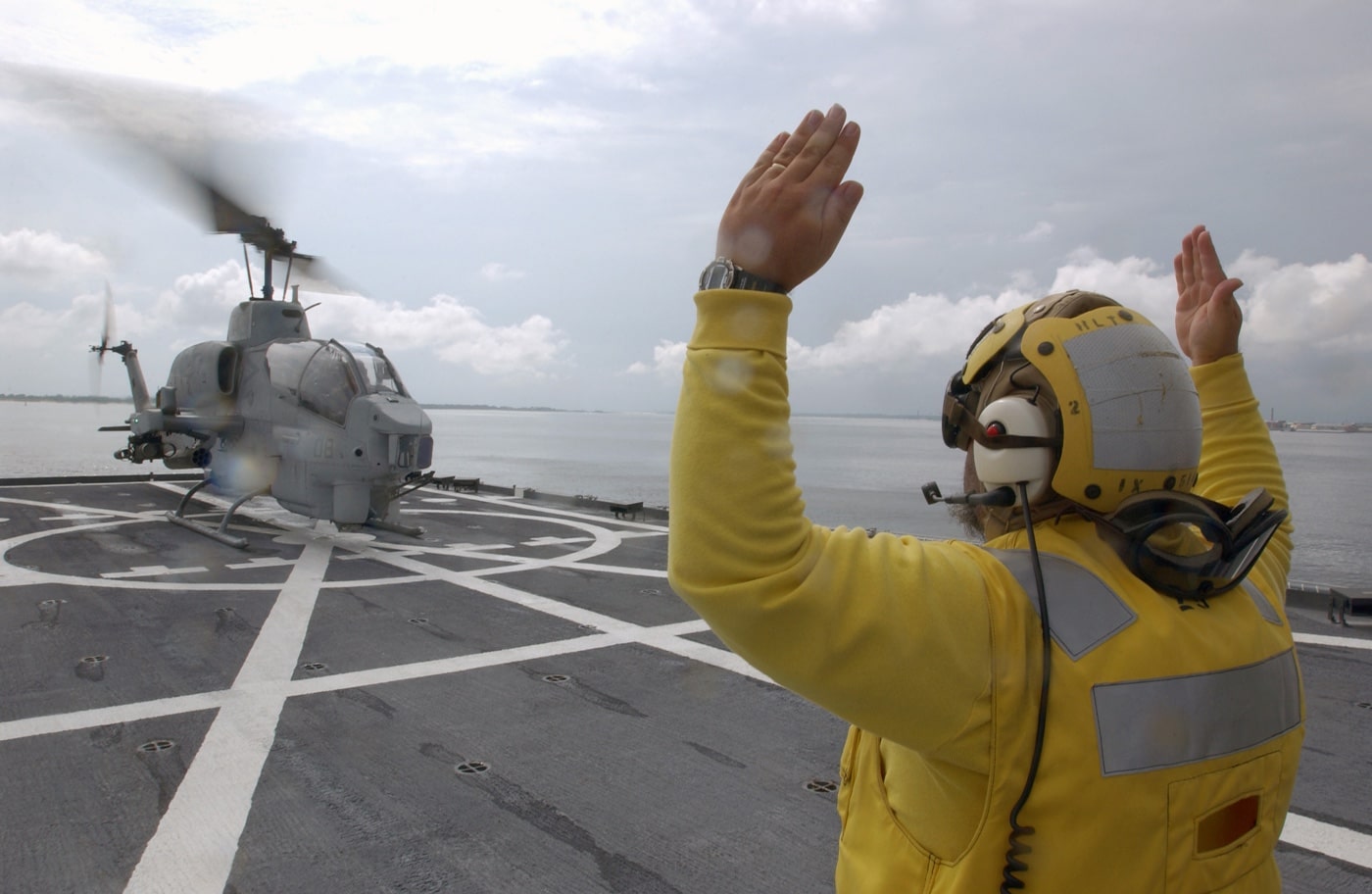
All the Iranian Cobras are simply worn out these days. Decades of sanctions choked off the supply of spare parts, while protracted combat operations just ground down the machines. Ali Akbar Shiroodi and Ahmad Kashvari are two Iranian Cobra jocks who are considered national heroes in Iran today.
The Next Generation
Back in the U.S., the Marines really wanted to replace their twin-engine Cobras with AH-64 Apaches. In 1981, the Leathernecks conducted an intensive two-week evaluation of the Army gunship only to have Congress deny funding for the new aircraft.
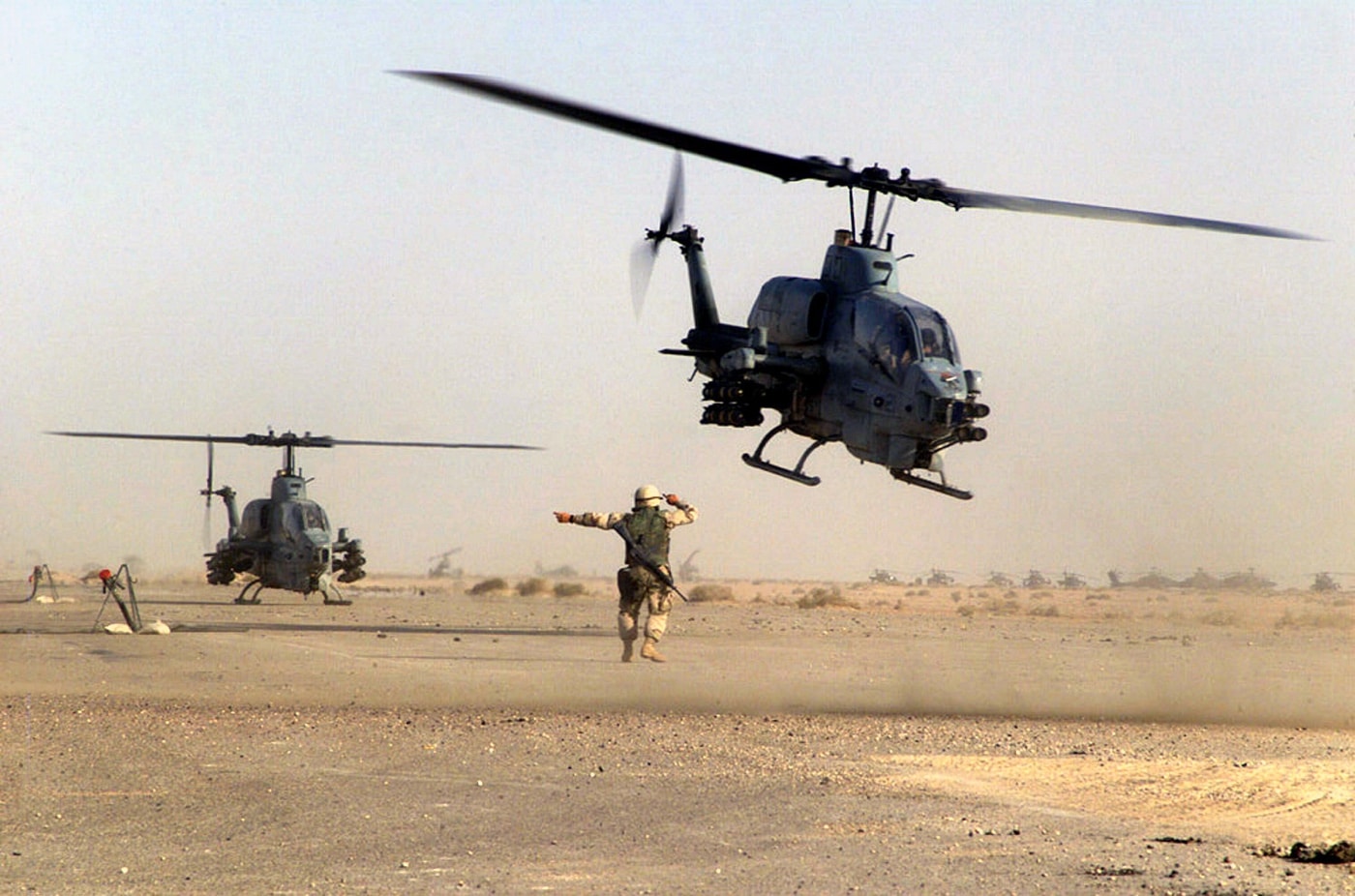
As a result, the Marines upgraded their old Cobras to carry Sidewinder air-to-air missiles as well as the AGM-114 laser-guided Hellfire antitank missile system. This upgraded version was redesignated the AH-1W SuperCobra. The Marines eventually fielded 179 newly-manufactured SuperCobras alongside 43 examples that were upgraded from previous AH-1T’s.
In 1996, the Marines revisited the Apache only to have the initiative denied yet again for a variety of reasons. In this case, the modifications required to create a shipborne version of the Apache would have been extensive and expensive, and the Marines would likely have been the only customers. This would have made the program prohibitively expensive. As a result, the Marines went back to Bell asking for yet another upgrade to their Vietnam-era warhorses.
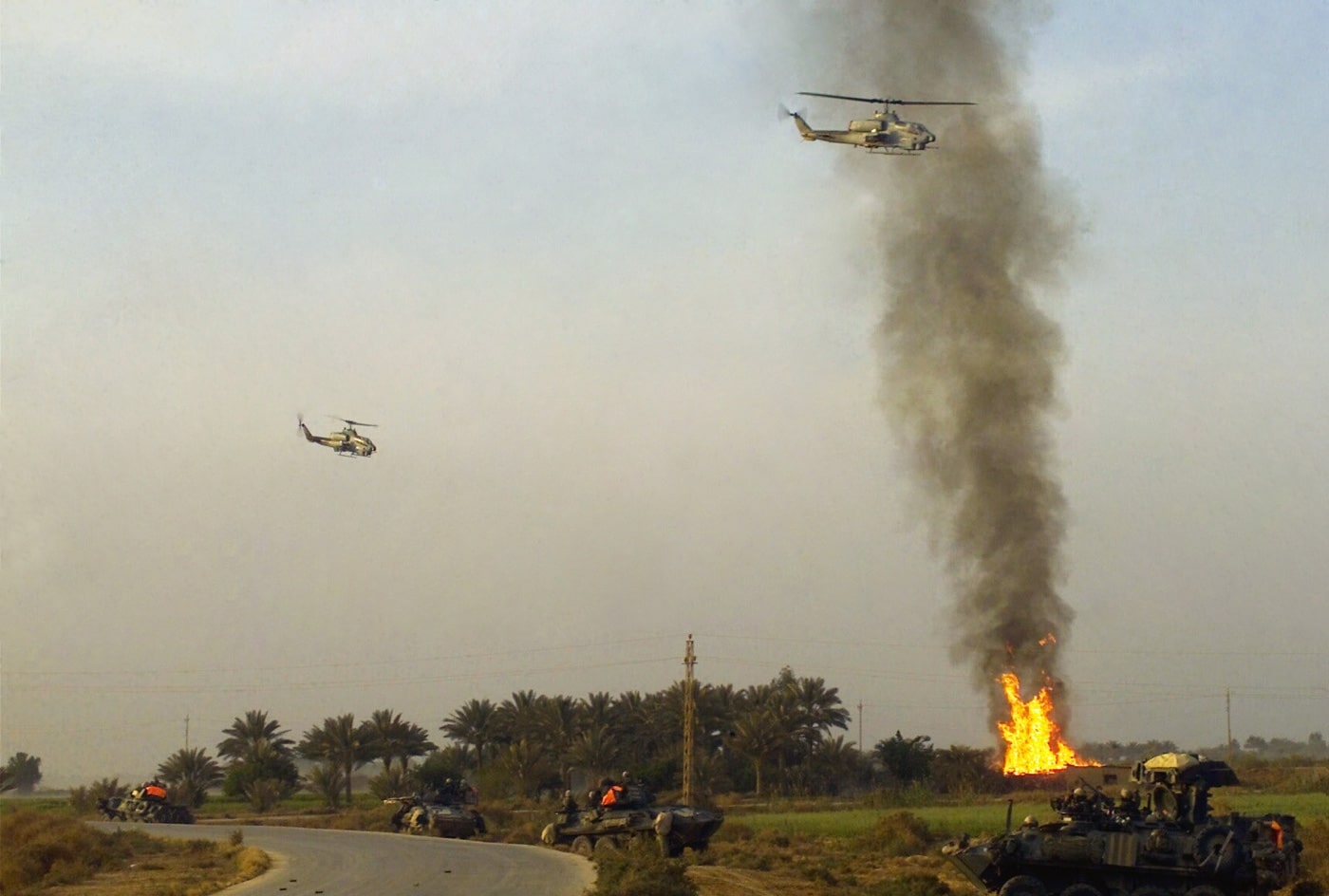
Bell actually developed the final AH-1Z in-house. They rechristened this aircraft the Viper. The biggest departure from previous versions of the Snake was its four-bladed composite rotor system. The AH-1Z utilized the same GE T700-GE-401C turboshaft engines used on the Apache and featured redesigned and enlarged wing stubs for enhanced weapons delivery.
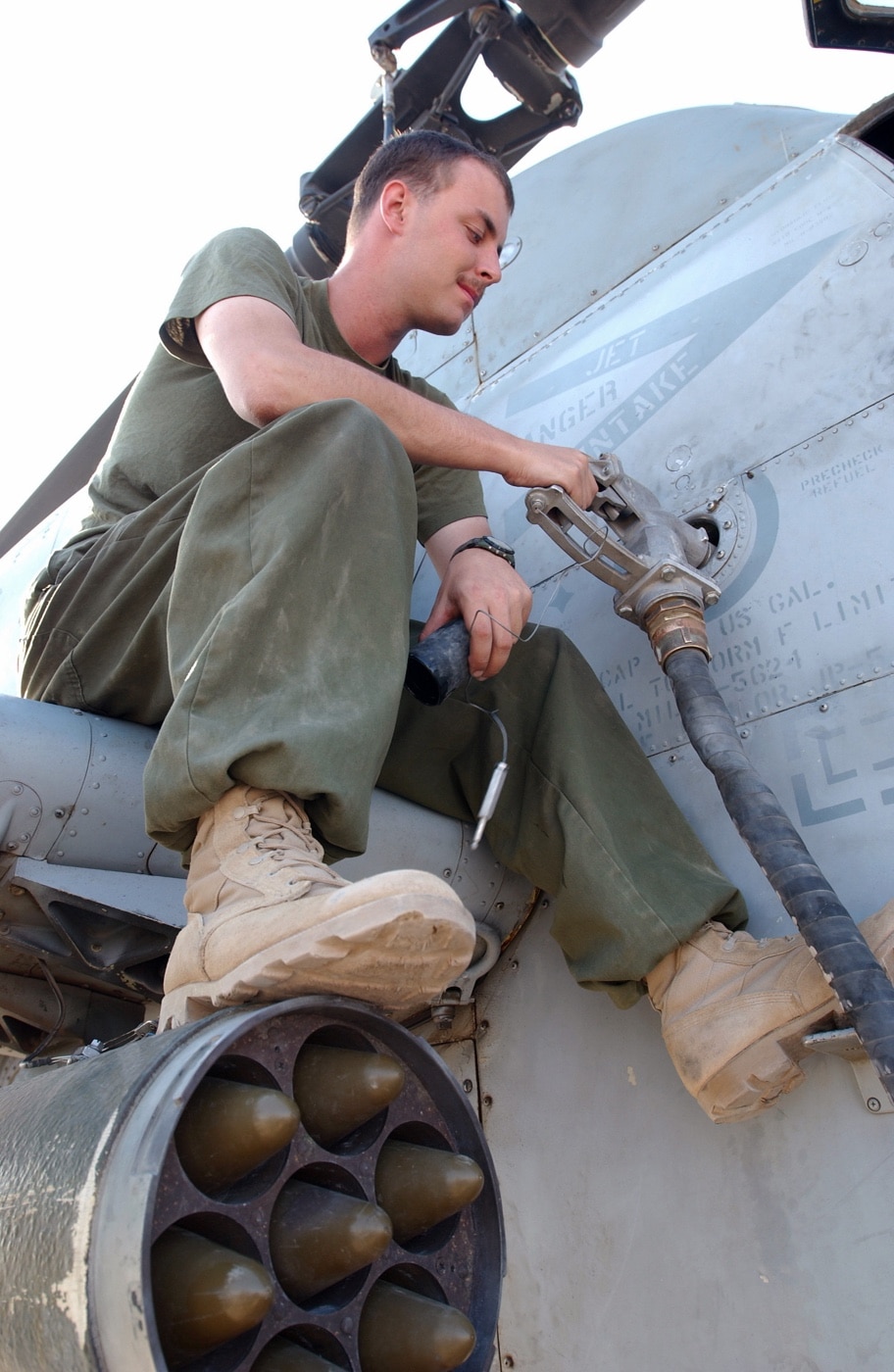
The new version had mounting points on the ends of the wings for a pair of Sidewinders and could still accommodate either 70mm Hydra rocket pods or quad mount launchers for the AGM-114 Hellfire. While early versions of the Hellfire were laser-guided, the latest versions can use a Longbow millimeter wave radar for guidance in inclement weather and in the face of battlefield obscurants. The AH-1Z has provision to mount a Longbow radar system on one wingtip station.
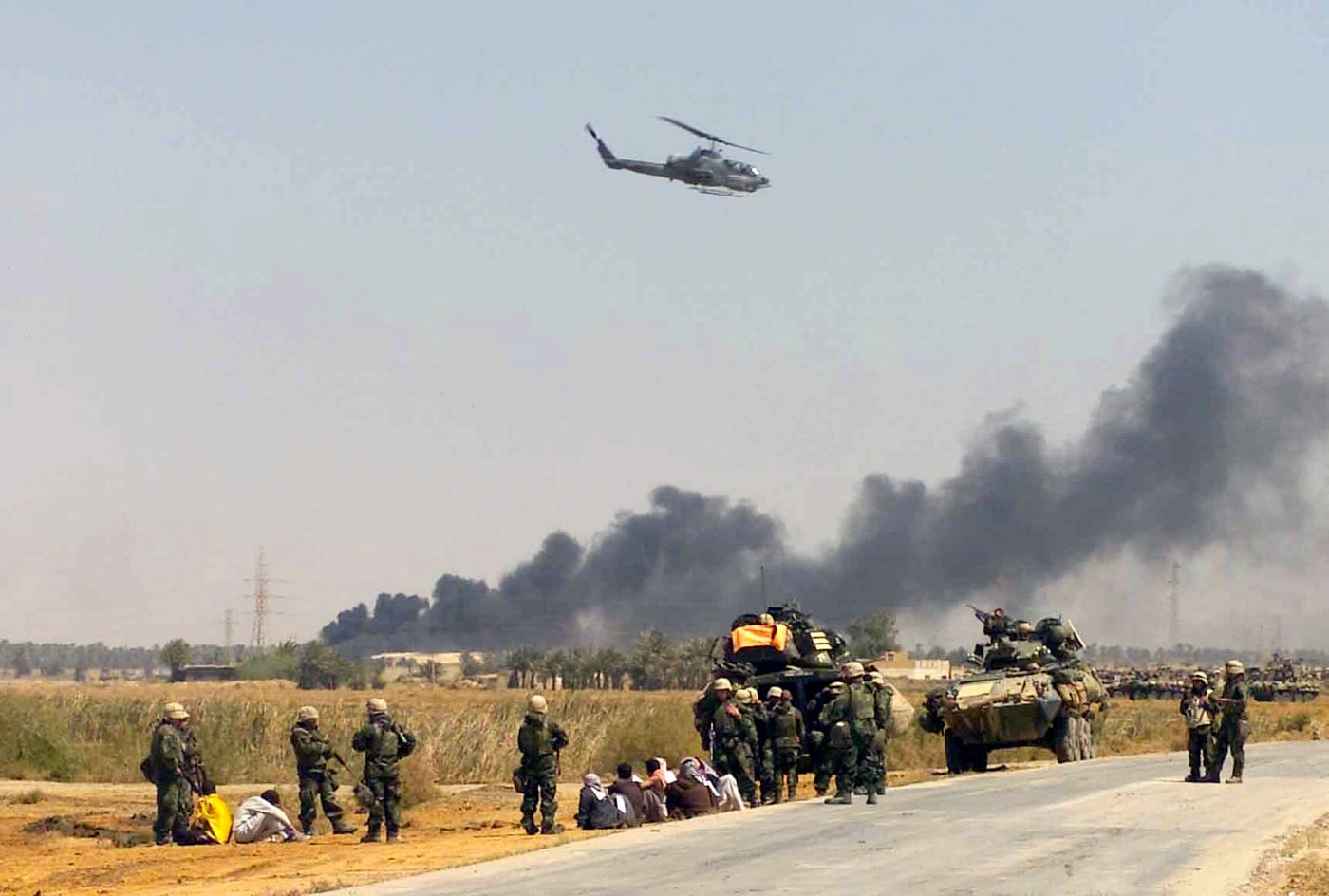
The latest AH-1Z has a fuselage length of 45 feet and a maximum gross weight of 18,500 pounds. The gunship’s maximum useful load under ideal conditions is 5,764 pounds. Maximum speed is 200 knots with an expected cruise speed of 142 knots. The Zulu Model sports an advanced 3rd generation FLIR along with a Lockheed Martin Target Sight System to manage its array of Information Age weapons. Like all Snakes, the aircraft is designed around a pilot in the rear seat and a copilot/gunner in the front.
Ruminations
My Marine brethren have always been caught in kind of an ugly spot in the U.S. military hierarchy. They are nominally subordinate to the Navy and often in competition with the Army. As far as budgets are concerned they are eclipsed by the Air Force. That often means they have to fight hard for their turf. In no place is that more evident than in the circuitous development of the AH-1Z Viper.
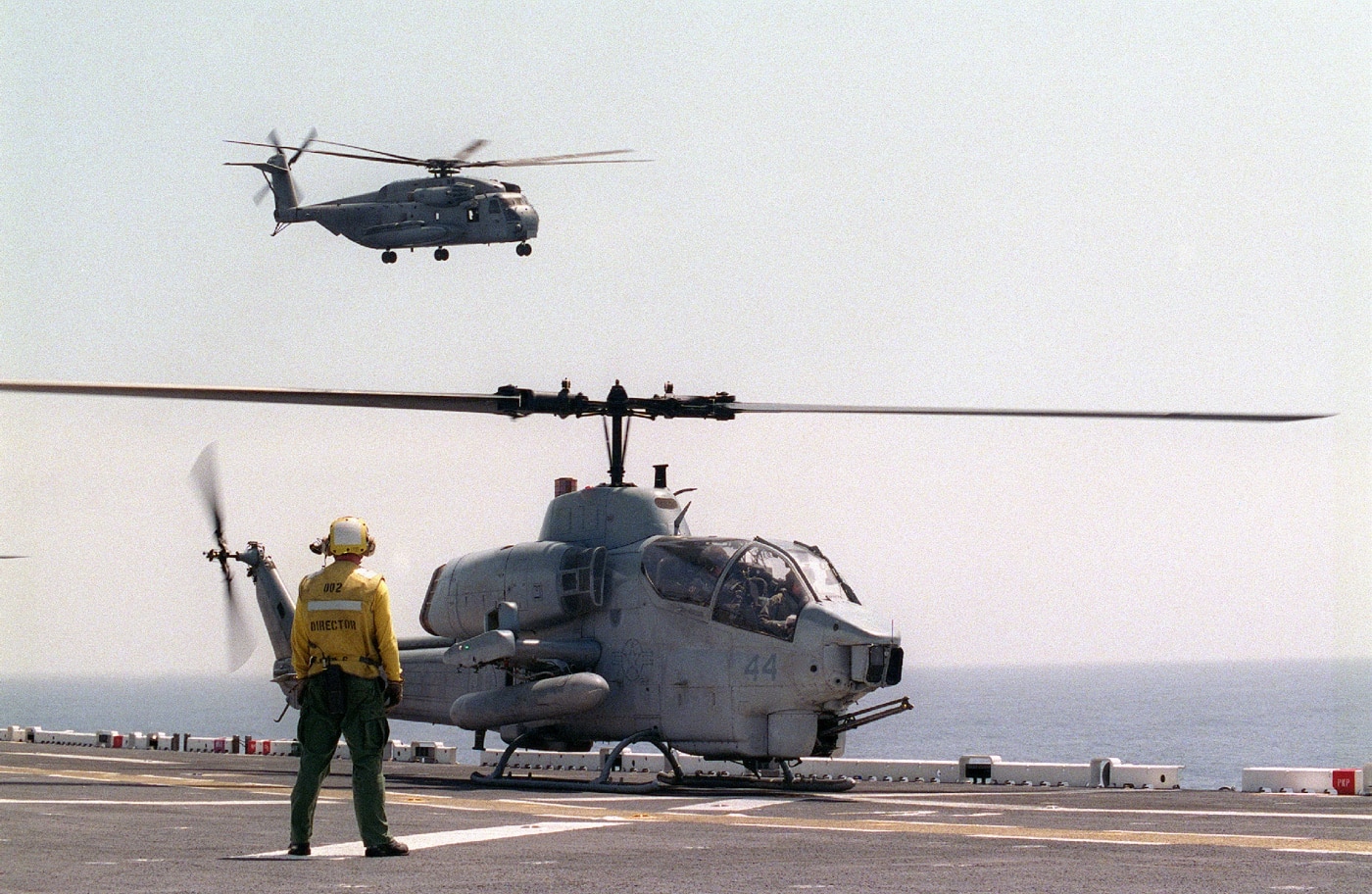
The AH-1Z is the result of half a century of mechanical and tactical evolution. Along the way these upgraded Snakes have rendered superlative service in combat everywhere from Vietnam in 1975 to Libya today. Advanced though it is, the AH-1Z Viper is an example of the U.S. Marine Corps using the assets available to get the job done.
Editor’s Note: Please be sure to check out The Armory Life Forum, where you can comment about our daily articles, as well as just talk guns and gear. Click the “Go To Forum Thread” link below to jump in!
Join the Discussion
Continue Reading
Did you enjoy this article?

 427
427






